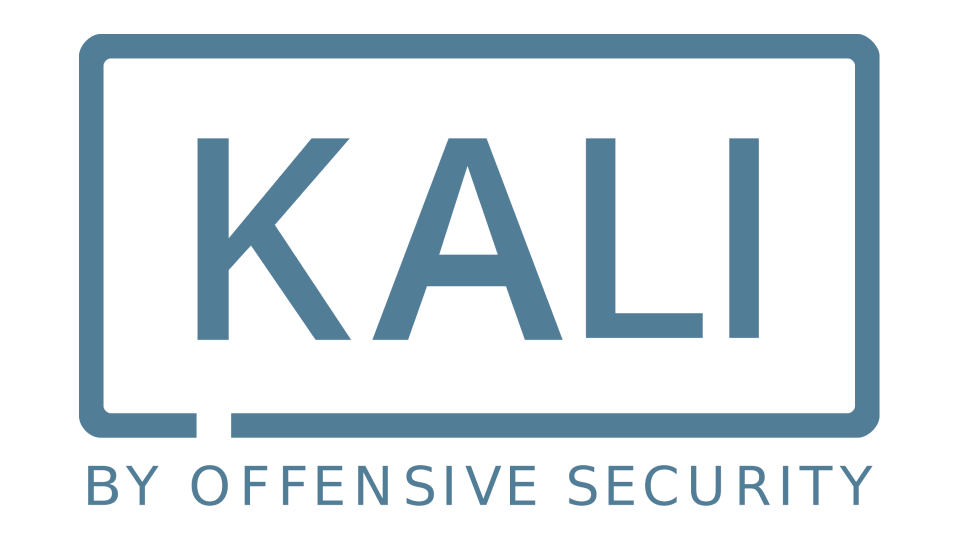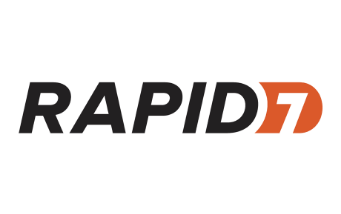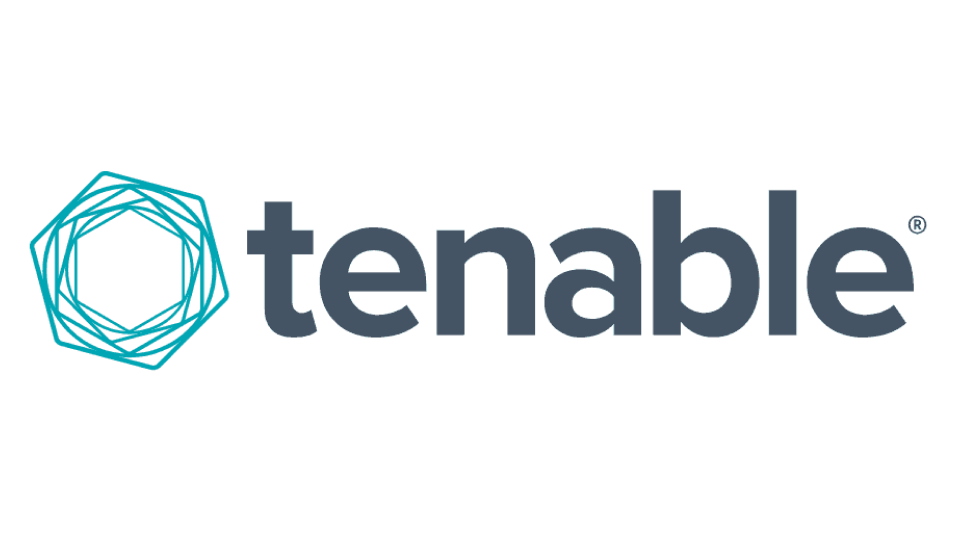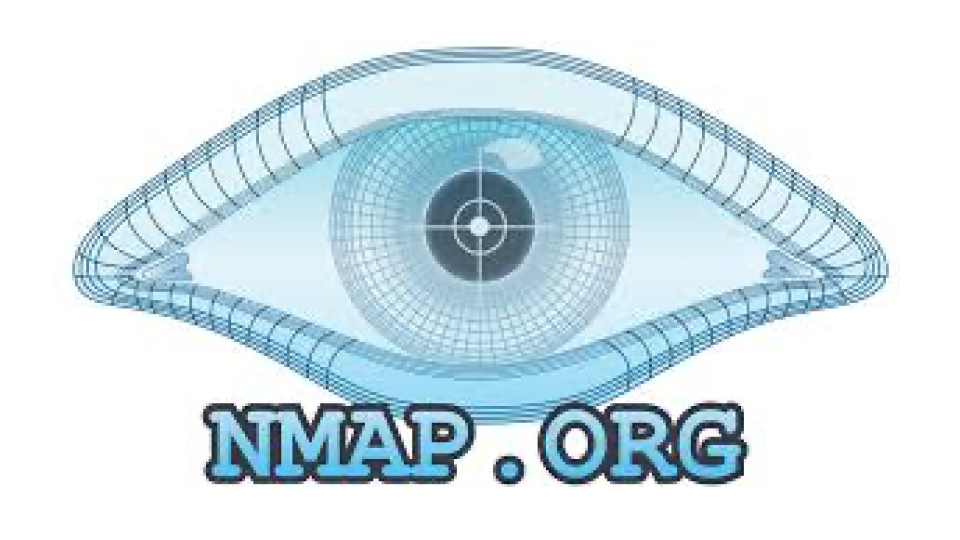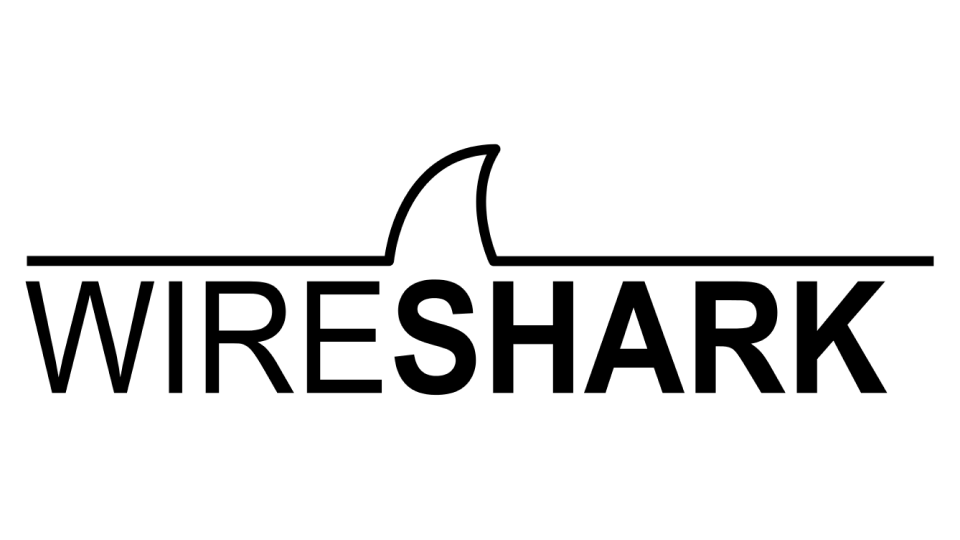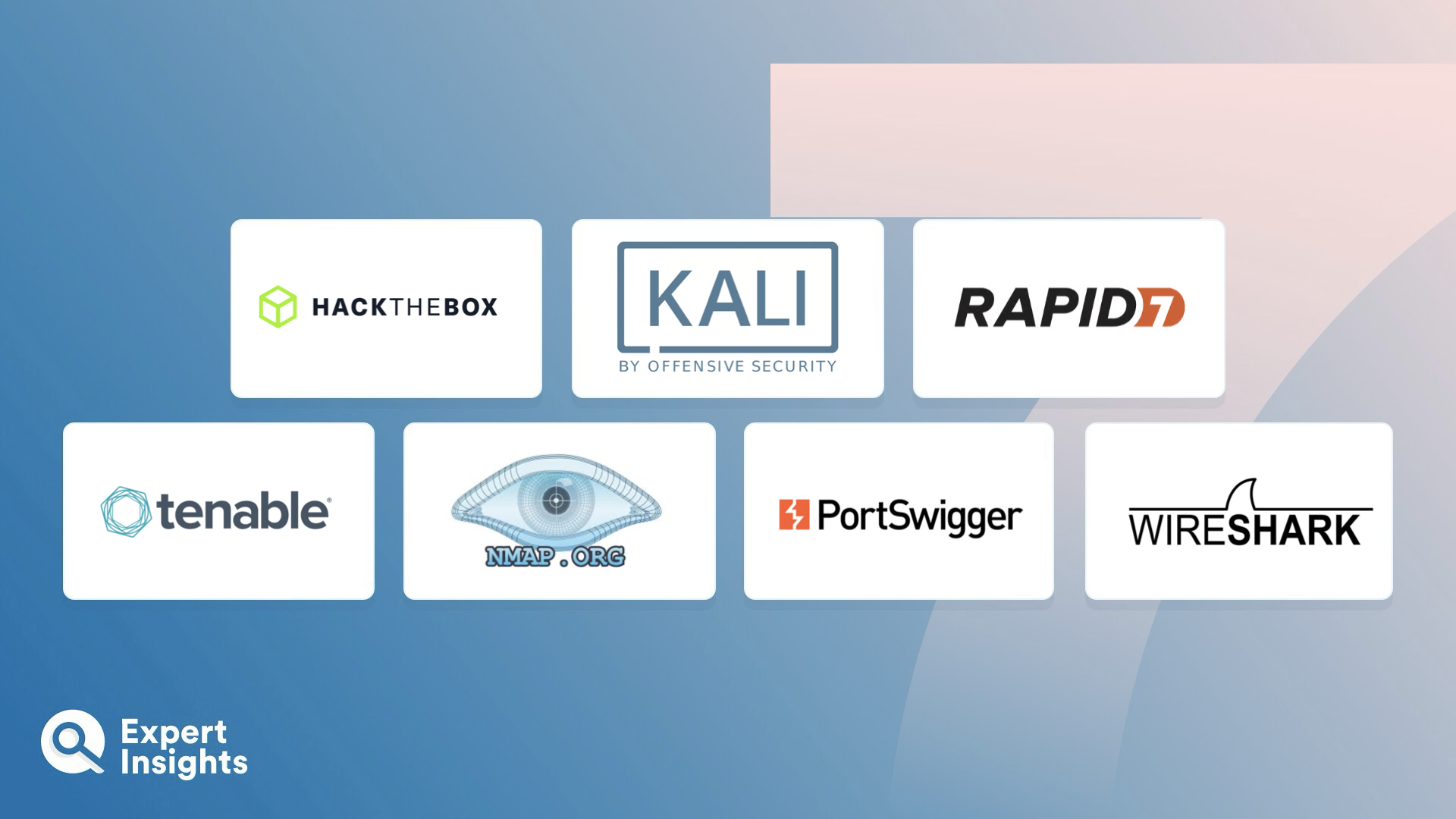Red team tools are software applications and frameworks used by cybersecurity professionals to test the security posture of a system or network. These tools are designed to mimic the Tactics, Techniques, and Procedures (TTPs) of real adversaries, simulating cyberattacks to allow organizations to identify vulnerabilities and weaknesses in their defences. Red team tools encompass a wide range of automated and manual capabilities, including penetration testing frameworks, exploit kits, vulnerability scanners, and social engineering toolkits. This enables their users to assess the security of an organization’s infrastructure comprehensively.
Using red team tools enables organizations to proactively identify and mitigate cybersecurity risks. As they simulate real-world cyber threats, these tools allow organizations to uncover vulnerabilities, weaknesses, and misconfigurations in their defences and remediate those weaknesses before malicious actors can exploit them. Red team exercises also provide valuable insights into the effectiveness of security controls, helping organizations prioritize investments and allocate resources more effectively to mitigate potential threats.
In this article, we’ll explore the top red team tools designed to test an organization’s security posture. We’ll highlight the key use cases and features of each solution, including supported attack scenarios, customization and compatibility with different environments, integrations, and reporting and analytics.




